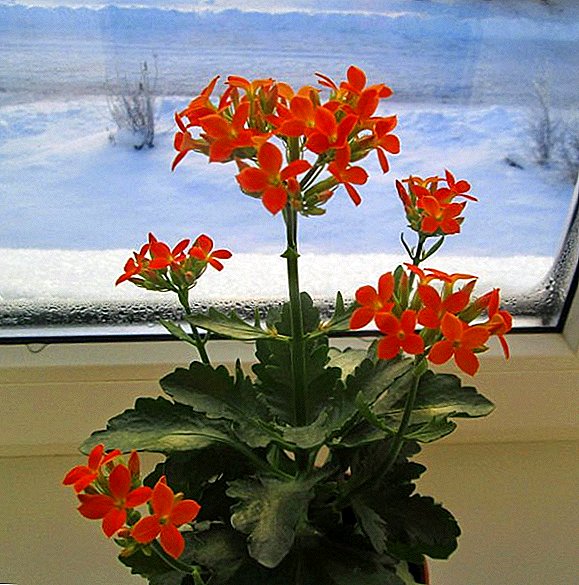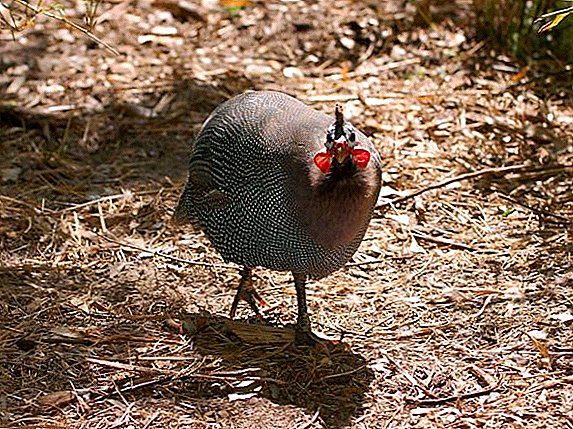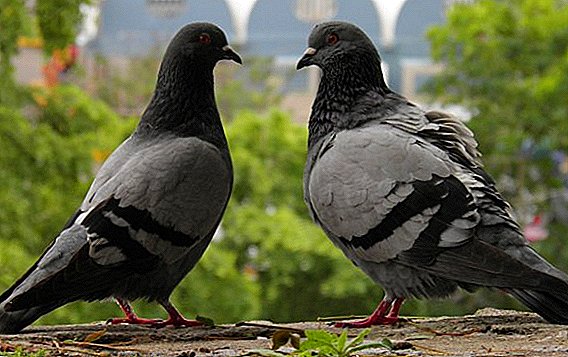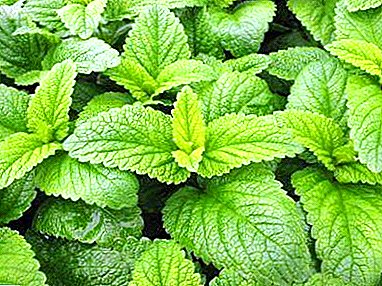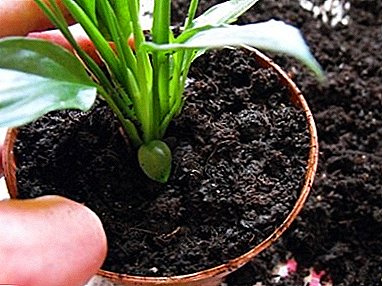
Sometimes, after a transplant, the spathiphyllum manifests a painful condition, which manifests itself in the form of yellow spots, blackened tips, and wilting of the plant.
In order to prevent these phenomena, it should be borne in mind that the plant must be transplanted according to a specific algorithm.
Why is this happening and how to restore the beauty of female happiness? This article will tell you in detail.
How to care for a newly transplanted plant?
 Transplantation spathiphyllum is experiencing hard. In order for the plant to return to normal in a short time, it needs to ensure such conditions:
Transplantation spathiphyllum is experiencing hard. In order for the plant to return to normal in a short time, it needs to ensure such conditions:
- Air humidity 50-70% - in nature, spathiphyllum is found in the humid environment of the swampy forests of the United States and East Asia. At home, you can create such a climate by spraying with a spray gun or a humidifier.
- Watering. The roots of the flower constantly need wet soil, it is necessary to water the soil every day or every other day, at least.
- Lighting. The plant loves the sun's rays and bright rooms, but the scorching sun tolerates poorly.
Why do problems arise?
Sometimes after transplantation, the foliage of the spathiphyllum begins to fade and fall off, yellow and black spots appear on the surface of the leaves and stems, yellow tops. In such situations, the flower can be reanimated, but first you need to understand the causes of diseases.
- Withering flower provokes:
- Incorrect time for transplant. It is necessary to replant a flower in the spring, at that moment when there are no inflorescences.
- Frequent change of soil.
- Incorrectly selected substrate and lack of drainage. Spathiphyllum is not suitable for heavy and acidic soil and peat composition, in which the soil stays moist on top and the inside dry - the roots do not get enough moisture.
- Leaves spathiphyllum leaves if:
- Air too dry.
- Dry ground. Inadequate nutrition moisture provokes the loss of turgor and the appearance of a sluggish stem.
- Water stagnation - provokes rotting of the root, as a result of which the plant does not receive adequate nutrition.
- The reasons for the appearance of black tips on the leaves becomes:
- Bay plants, frequent sprinkling. Failure to absorb all the moisture that is given to the plant leads to rotting of the roots.
- Air dried by household appliances.
- Yellowing Feminine happiness if:
- Improper lighting, the plant received thermal burns from bright sunlight.
- Low air humidity, insufficient watering of the plant.
- Unsuitable ground.
What to do to resuscitate a flower?
When the first painful symptoms appear, the plant needs attention and the elimination of factors causing the death of the plant. Each problem has its own causes and needs a certain approach. First of all, it is necessary to determine what provokes a similar state of plants, and then proceed to the resuscitation of the flower.
Lowered the leaves
 In case of insufficient watering and dry air the following measures are necessary.:
In case of insufficient watering and dry air the following measures are necessary.:
- Put the pot with a flower in a container with water for 15-20 minutes. During this time, the soil is saturated with moisture, and the roots will begin to receive the missing substances.
- Spray spathiphyllum 2 times a day with purified, warm water.
- Take care of sufficient moisture - use a household humidifier, you can also put the pot next to the aquarium.
With water stagnation, the plant needs:
- Remove from the pot and inspect the roots. All dry, inanimate and dark brown color of the roots are cut off by disinfecting the areas of cut. The root system is dried.
- Place the plant in a new, dry soil. Immediately do not water.
- Analyze the watering of the flower and normalize the frequency of moisture.
Blackened
If the plant suffers from an overabundance of moisture, showing symptoms of blackening of the tips, it needs a root inspection, a change of soil to dry, and normalization of irrigation. The recovery process is the same as with lowered leaves due to stagnant water.
When dry air is necessary:
- Consider additional measures of air humidification. Install a humidifier.
- Put the spathiphyllum pot in a tank with wet drainage.
- Arrange daily spraying.
Withers
Is it possible to rehabilitate a flower if it has wilted? Return spathiphyllum to life is possible in the period of decay. If the plant fades, restore it as follows:
- After watering, check the soil for how it gets wet, paying attention to its structure.
- If the moisture is bad, the plant is removed from the pot. Free the roots from peat.
- Transplant spathiphyllum in a light, uniform soil. At the same time it is necessary to make a drainage layer of 2 cm.
We offer to watch a video about the resuscitation of a plant when leaves wither:
Yellowed
 If the flower begins to show itself yellowness it needs:
If the flower begins to show itself yellowness it needs:
- Redefine coverage. When too bright rays need a little shade the window with flower curtains.
- Normalize the irrigation system.
- Provide optimum moisture.
- Revise the condition of the soil, if necessary, change to a new one.
We offer to watch a video about the measures for preventing yellowing of leaves at spathiphyllum:
Prevention
In order for the plant to quickly recover after transplantation, it is necessary to create optimal conditions for it:
- place the pot with a flower in the shade;
- provide sufficient moisture;
- Do not re-moisten the soil with watering and do not spray the plant for the first week.
When the first signs of the poor state of the spathiphyllum after transplantation appear, it needs to provide proper care. Operational assistance and the elimination of the source of trouble will help the plant not to die and recover in a short time.



